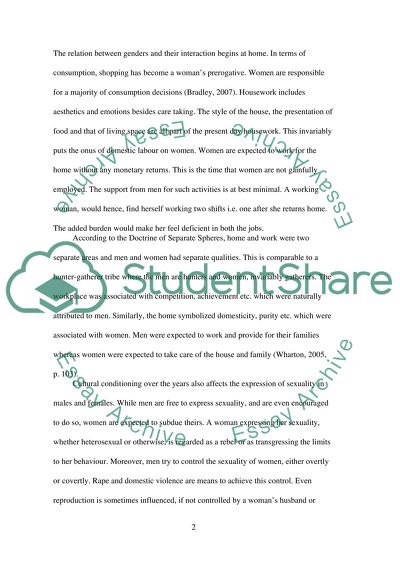Cite this document
(“Effect of Gender on Identity and Social Relations in Contemporary Essay”, n.d.)
Retrieved from https://studentshare.org/sociology/1491789-effect-of-gender-on-identity-and-social-relations-in-contemporary-society
Retrieved from https://studentshare.org/sociology/1491789-effect-of-gender-on-identity-and-social-relations-in-contemporary-society
(Effect of Gender on Identity and Social Relations in Contemporary Essay)
https://studentshare.org/sociology/1491789-effect-of-gender-on-identity-and-social-relations-in-contemporary-society.
https://studentshare.org/sociology/1491789-effect-of-gender-on-identity-and-social-relations-in-contemporary-society.
“Effect of Gender on Identity and Social Relations in Contemporary Essay”, n.d. https://studentshare.org/sociology/1491789-effect-of-gender-on-identity-and-social-relations-in-contemporary-society.


